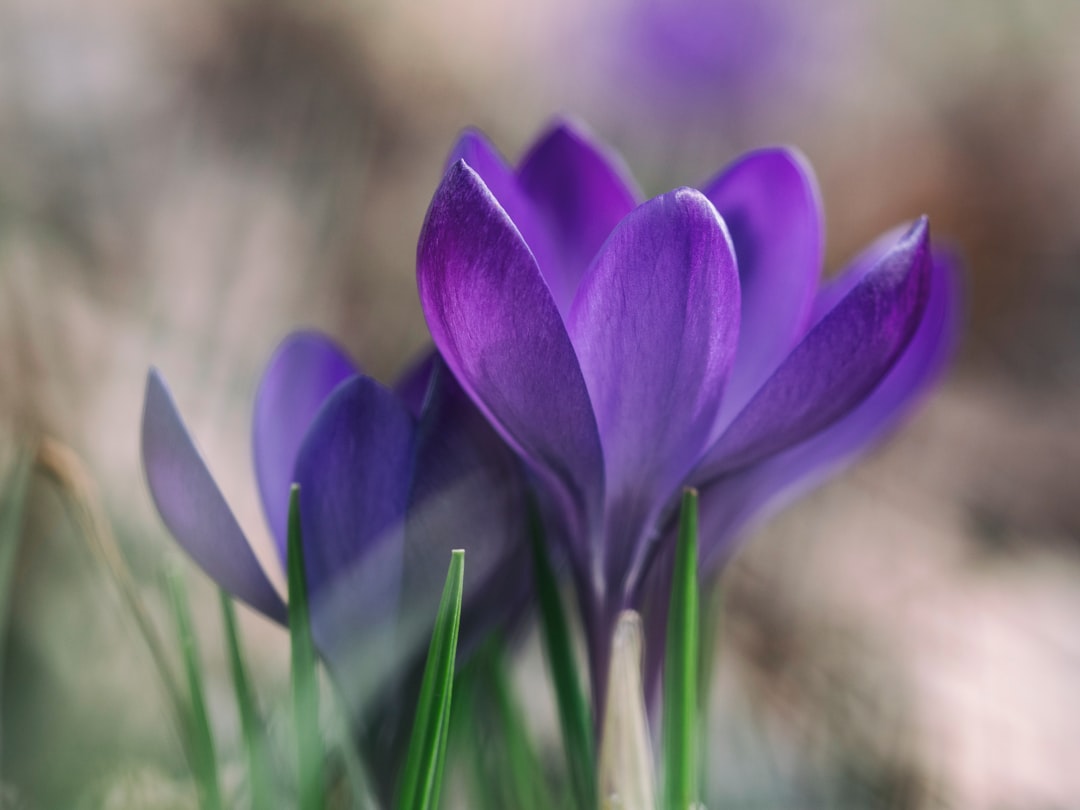Imagine a garden that not only brightens your outdoor space but also serves as a vital refuge for nature’s most hardworking pollinators. Whether you’re an experienced gardener or just starting out, designing a flower garden that supports bees and butterflies is a fulfilling way to contribute to a healthier ecosystem. In this blog post, we’ll explore how to create a vibrant, pollinator-friendly garden that transcends borders—from local neighborhoods to global initiatives.
1. The Importance of Pollinators in Our Ecosystem
Pollinators such as bees, butterflies, birds, and even bats play a critical role in the reproduction of flowering plants—and by extension, food production. Approximately 75% of the world’s flowering plants rely on animal pollinators. When pollinators are supported, we not only see a burst of natural beauty but also an increase in biodiversity, improved crop yields, and a more resilient environment against climate challenges.
-
Biodiversity Boost: Diverse pollinator populations can help stabilize and enrich local ecosystems.
-
Food Security: A variety of fruits, vegetables, and nuts depend on successful pollination.
-
Climate Resilience: Healthy pollinator communities contribute to the overall sustainability of natural landscapes.
2. Planning Your Pollinator Garden
Creating a thriving pollinator garden starts with careful planning. Consider the unique climate, soil conditions, and available space in your garden when choosing plants and designing garden features.
a. Understand Your Climate and Soil
-
Climate Zones: Different pollinators thrive in different climatic conditions. Research local pollinator species to choose flower varieties that bloom for extended periods throughout the growing season.
-
Soil Testing: Conduct a simple soil test to determine pH levels and soil fertility. Healthy soil is the foundation of a vigorous garden.
b. Select a Range of Flowering Plants
Aim for a garden with continuous blooms to provide year-round food and shelter for pollinators. Consider planting:
-
Native Plants: Native flowers are well-adapted to local conditions and offer natural food sources for indigenous pollinators.
-
Diverse Blooming Times: Choose early, mid, and late-season bloomers such as crocuses in early spring, lavender and coneflowers in summer, and asters in the fall.
-
Varied Flower Shapes and Sizes: Different pollinators are attracted to different flower structures. Tubular blossoms may attract hummingbirds and bees, while flat or open blossoms cater to butterflies and hoverflies.
3. Garden Design for Maximum Impact
A well-designed garden not only creates an aesthetic landscape but also optimizes the benefits for pollinators. Here are key elements to consider:
a. Create Continuous Food Sources
-
Sequential Blooming: Arrange plantings so that there is always something in bloom. This helps ensure that pollinators always have access to nectar and pollen.
-
Diverse Plant Palette: Incorporate a mix of annuals and perennials to spread flowering periods and maintain consistent food supply.
b. Provide Shelter and Nesting Sites
-
Layered Plantings: Incorporate a variety of plant heights—from ground covers and low shrubs to tall perennials—to create microhabitats.
-
Water and Mud Puddling Areas: Shallow dishes or even small mud patches offer essential minerals for insects. Ensure these water sources are clean and safe for wildlife.
-
Nest Sites: Leave some undisturbed areas where bees and butterflies can nest or overwinter. For example, install bee hotels or leave a portion of the garden to naturalize with leaf litter and dead wood.
c. Use Natural and Sustainable Practices
-
Avoid Pesticides: Synthetic chemicals can harm pollinators. Instead, opt for organic solutions and integrated pest management (IPM) practices.
-
Compost and Mulch: Rich, organic mulch improves soil health, conserves water, and provides a stable environment for beneficial insects.
4. Global Inspirations and Local Solutions
Pollinator gardens are a global movement, with diverse approaches that can be adapted locally:
-
European Wildflower Meadows: In parts of Europe, restoring wildflower meadows has helped revitalize populations of bees and butterflies. Consider incorporating wildflower areas into your garden to mimic these natural ecosystems.
-
North American Urban Gardens: Urban gardeners across North America are turning rooftops and small balconies into green sanctuaries, planting native wildflowers to support dwindling pollinator communities.
-
Community Initiatives: In many countries, community gardens and city parks have embraced pollinator-friendly practices, creating corridors that allow pollinators to travel safely across urban landscapes.
5. Tips for Success and Long-Term Garden Health
-
Start Small and Scale Up: If you're new to gardening, start with a few plants that are known to support pollinators in your area, and gradually expand your garden as you learn.
-
Keep a Gardening Journal: Track your plantings, bloom times, and pollinator visits. Over time, this record can help you understand what works best in your local environment.
-
Engage with the Community: Join local gardening clubs or online forums to exchange ideas and success stories. Community involvement often sparks innovative ideas and strengthens conservation efforts.
-
Stay Updated: Keep an eye on new research and conservation programs related to pollinators. Adapting to new techniques and findings can enhance your garden's impact on local wildlife.
Conclusion
Creating a flower garden that supports bees and butterflies is more than an aesthetic endeavor—it's a commitment to nurturing the environment and sustaining biodiversity worldwide. By carefully choosing plants that bloom sequentially, providing nesting sites, and using sustainable gardening practices, you can transform your space into a haven for pollinators. As we collectively embrace pollinator power, every garden, no matter how small, becomes a vital contributor to a healthier, more resilient planet.
Embrace your role in this global movement, plant with purpose, and celebrate the beauty and benefits of a garden that sustains life. Happy gardening, and here’s to a future blooming with pollinator power!

Comments
No comments yet. Be the first to comment!
You must be logged in to comment. Login